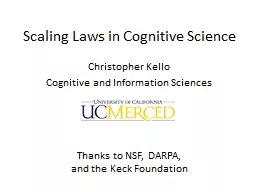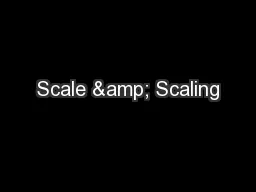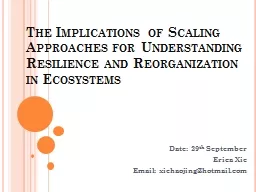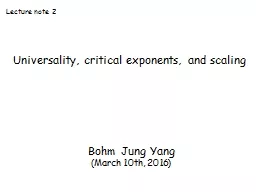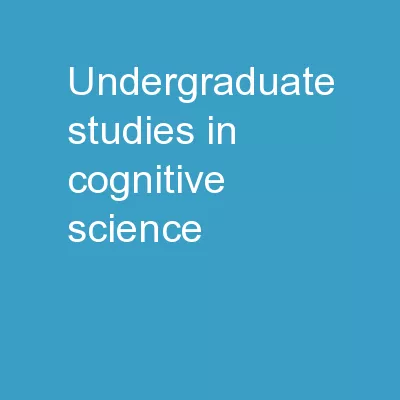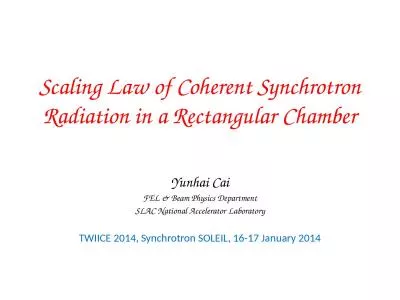PPT-Scaling Laws in Cognitive Science
Author : olivia-moreira | Published Date : 2018-02-27
Christopher Kello Cognitive and Information Sciences Thanks to NSF DARPA and the Keck Foundation Background and Disclaimer Cognitive Mechanics Fractional Order
Presentation Embed Code
Download Presentation
Download Presentation The PPT/PDF document "Scaling Laws in Cognitive Science" is the property of its rightful owner. Permission is granted to download and print the materials on this website for personal, non-commercial use only, and to display it on your personal computer provided you do not modify the materials and that you retain all copyright notices contained in the materials. By downloading content from our website, you accept the terms of this agreement.
Scaling Laws in Cognitive Science: Transcript
Download Rules Of Document
"Scaling Laws in Cognitive Science"The content belongs to its owner. You may download and print it for personal use, without modification, and keep all copyright notices. By downloading, you agree to these terms.
Related Documents

